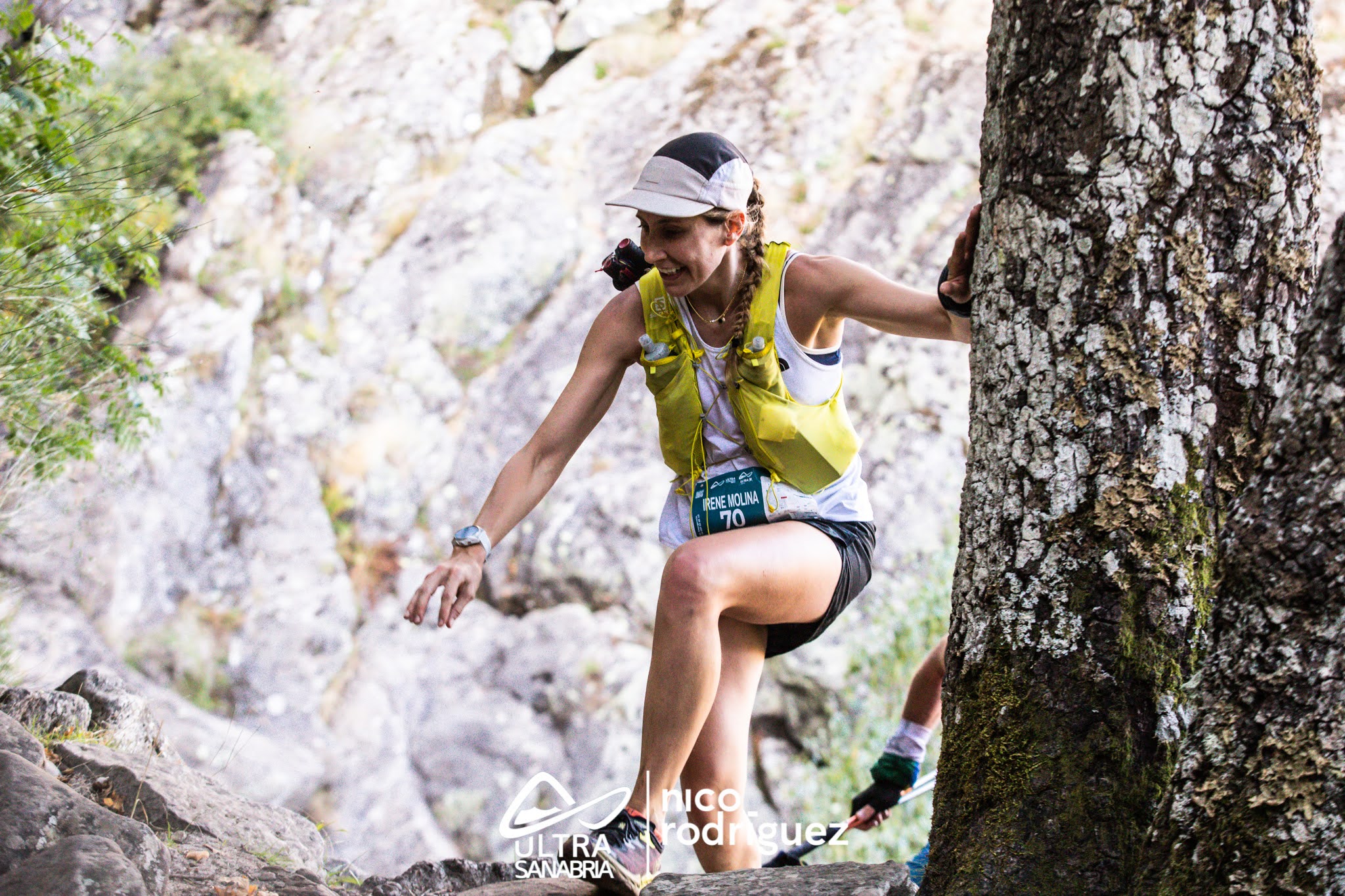Personal Reflections and Goal-Setting for 2025

As the end of the year approaches, it’s the perfect time for personal reflections and goal setting for the year ahead. This month, I want to share a slightly different perspective in this blog – one that focuses on the practice of self-reflection, inspired by Stoic philosophy, and how it can serve as a foundation for setting meaningful and achievable goals for 2025. This is something I’m working on myself, but also with each of the incredible athletes I coach.
The Power of Personal Reflection
Reflection is an essential tool for growth, not just as athletes but as individuals. It’s a practice I try to engage in daily and encourage my athletes to adopt. Every day, I ask myself three simple but useful questions: what did I do well, what did I do wrong, and how can I improve?
This exercise, rooted in Stoicism, helps us maintain a clear and balanced perspective. Too often, when reflecting, we focus only on our failures, which can lead to discouragement. But failure is only a failure if we choose to see it that way. Instead, it can be used as a valuable learning experience. Similarly, acknowledging what we’ve done well is equally important. It reminds us of the behaviors and habits we should continue.
By consistently reflecting in this way, not just annually but daily, we develop a clearer understanding of our strengths, weaknesses, and areas for improvement. Having these areas clear is crucial when planning an athletic year and structuring training cycles (and even to face life challenges).
Reflection as a Tool for Athletes
For athletes, reflection can be applied to training and competition. Think about the past year: what were your biggest achievements? These are your strengths and can guide your goals. What challenges did you face? These are areas for improvement and need attention early in the training cycle. And finally, what can you do differently next time? This is where solutions and growth come in.
Identifying weaknesses early is crucial. Weaknesses are areas that require immediate focus in training. By addressing them head-on, you’ll build a solid foundation for progress.
Goal setting for 2025: New Year, New Cycle
The start of a new year feels like a natural time for fresh beginnings. Psychologically, we humans are wired to associate new cycles with renewal. This is why many people prefer to begin new ventures on Mondays (instead of Friday evenings) or at the start of a new month (instead of the 12th, for instance). While we don’t have to wait for January 1st to set goals, the transition into a new year feels easier mentally. For athletes, this can be a useful motivator to leave the past behind and focus on moving forward.
ADVERTISEMENT

The Importance of SMART Goals
Goal setting is a simple practice that serves as a mental tool for motivation in sports. To set yourself up for success, goals need to follow the SMART framework: specific, measurable, achievable, realistic, and time bound.
For example, instead of saying, “I want to run a marathon,” you could make it specific: “I want to complete a marathon in 2025.” Then, make it measurable: “I want to finish in under 3 hours and 15 minutes.” Ensure it is achievable: “I already have a strong base of running fitness and have completed several half-marathons.” Check that it’s realistic: “Reducing my current marathon time from 3:30 to 3:15 with proper training is very feasible.” Finally, make it time-bound: “I will run this marathon in May 2025.”
On the other hand, an unrealistic goal might look like this: “I want to complete a 50K UTMB trail race in April and finish in the top 5% of competitors.” If you haven’t started training, you don’t have a base for it, lack access to trails, and don’t have a coach, this is likely unattainable. It’s also not realistic to expect top-tier performance without preparation. Or, for instance, “I want to lower my marathon time from 4 hours to 3” without proper base, planning, specific training, and guidance. Goals like this set us up for frustration and risk, including injury.
If defining realistic goals is difficult, working alongside a coach or mentor can provide valuable perspective. A coach can help adjust goals to align with your current fitness level and circumstances, ensuring they’re both challenging and achievable.
Planning for Success
When setting goals, it’s important to consider all the resources and commitments required to achieve them. Ask yourself: do you have enough time to dedicate to training? Do you need specific equipment? If you’re preparing for a technical trail race, do you have access to similar terrain for training? Do you have the right guidance, whether it’s a coach, training group, or supportive network?
For example, if you’re planning a trail race but live in a flat urban area, you’ll need to find creative ways to simulate trail conditions, like incorporating hill training on a treadmill, or adjust your goals accordingly. These considerations can make the difference between frustration and fulfilment when pursuing your ambitions.
Final Thoughts
Personal reflections and goal setting are tools that can help us improve not just as athletes, but in every aspect of our lives. By reflecting regularly, we gain insight into what we’ve done well, where we need to improve, and how we can grow. When we pair this with setting SMART goals, we create a clear and focused path forward.
As you prepare for 2025, take the time to reflect on the past year and set your sights on what you want to achieve in the next. Whether it’s a new personal best, tackling a challenging race, or simply improving your fitness, remember that progress is built on thoughtful planning, discipline, and consistent effort.
Let’s make 2025 a year of growth, achievement, and success – both on and off the field.
Read more content like this and based around running on my website at Train4bodymind.com
ADVERTISEMENT

Dr Irene Molina-Gonzalez is a Doctor in Biomedicine, a sports therapist, a running rehabilitator, and a running coach. She has extensive experience in scientific research and clinical practice, further increasing her knowledge by currently studying for an MSc in Sport and Exercise Science and Medicine. She is the co-founder, alongside her husband Mario, of Train4Body&Mind, providing running coach services. She stays up-to-date with the latest research, which she applies to her coaching to ensure her athletes significantly boost their performance and prevent injuries. She is very dedicated to her athletes, with her top enjoyment being seeing them succeed and reach their goals. She is also an experienced runner, passionate about ultradistances, with an extensive curriculum of national and international races and well-earned podiums.









